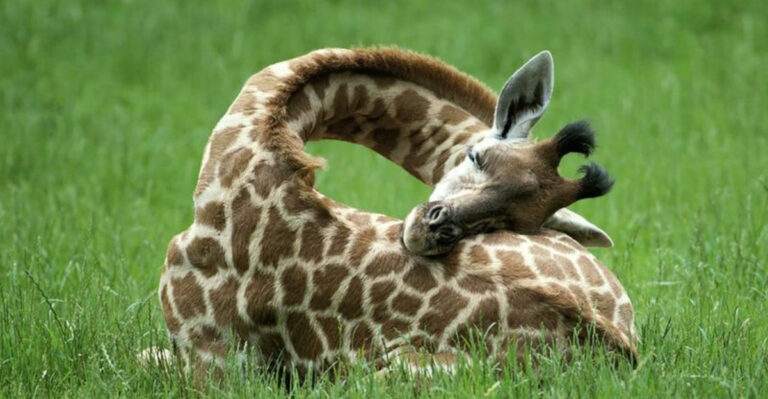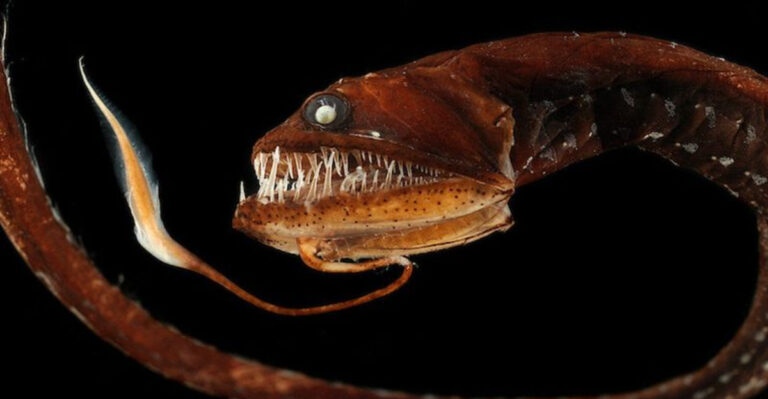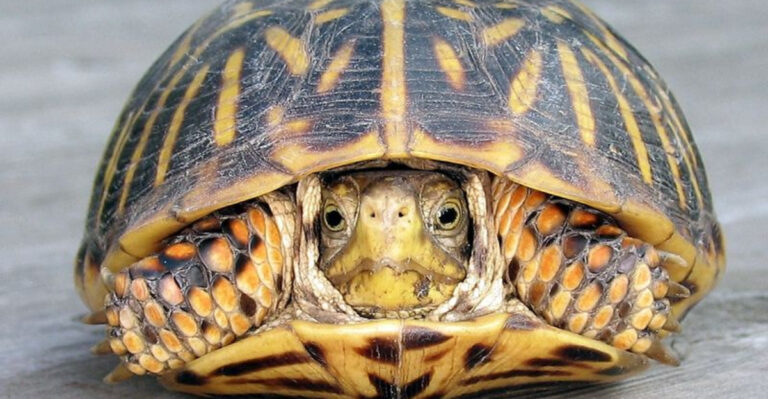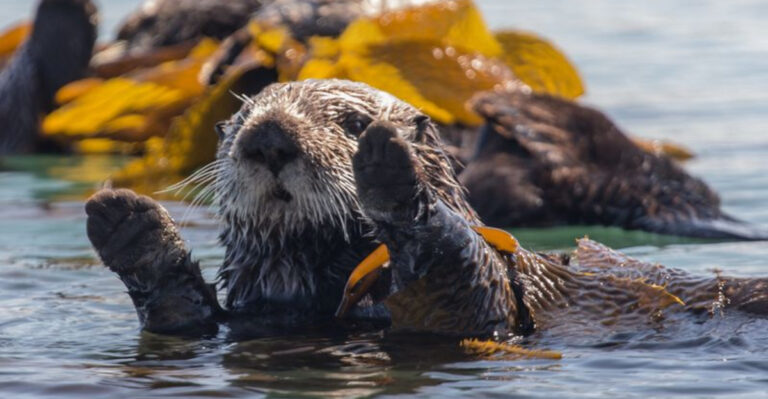7 Species Zoos Have Helped Save From The Brink Of Extinction
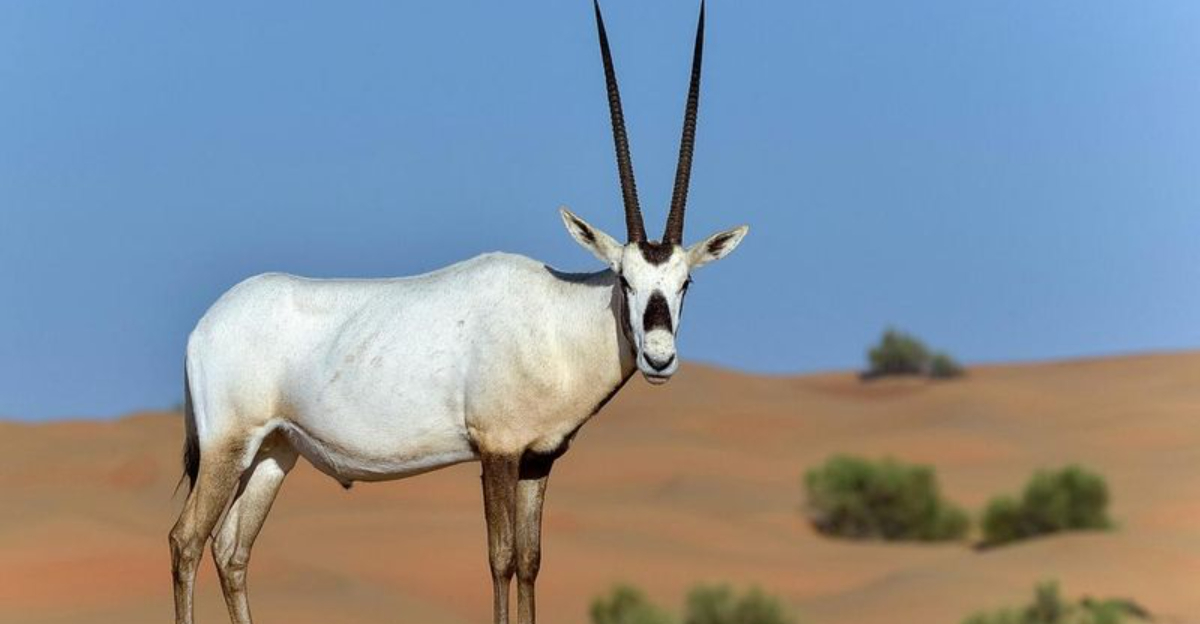
Modern zoos do far more than just display animals—they’re actually wildlife rescue centers in disguise! Behind the scenes, dedicated scientists work tirelessly on breeding programs that have literally saved species from disappearing forever.
These conservation heroes have turned zoos into modern-day arks, giving endangered animals a fighting chance when their wild populations dwindled to dangerous levels.
1. California Condor
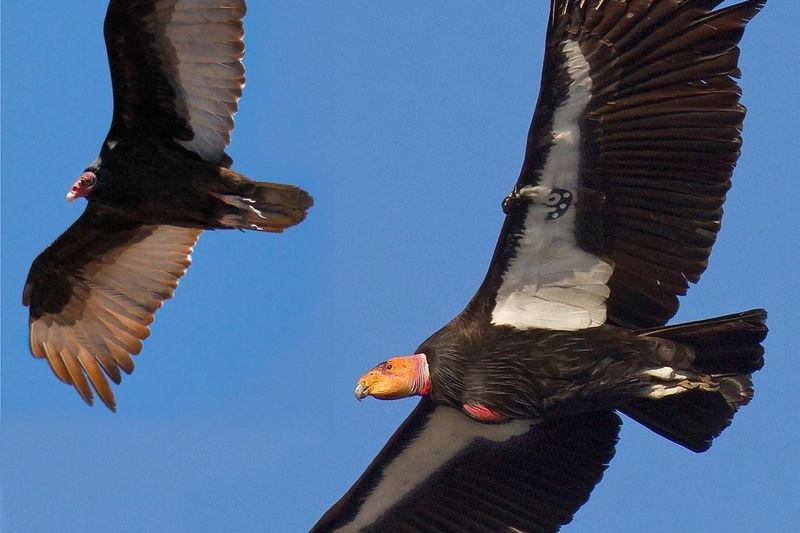
With wingspans stretching nine feet, these magnificent scavengers nearly vanished when just 27 remained alive in the 1980s. San Diego and Los Angeles Zoos launched a desperate rescue mission, capturing every last wild condor.
Their gamble paid off spectacularly. Through careful breeding and release programs, hundreds now soar above California and Arizona canyons. Each released bird carries tracking devices, allowing scientists to monitor their recovery.
2. Przewalski’s Horse
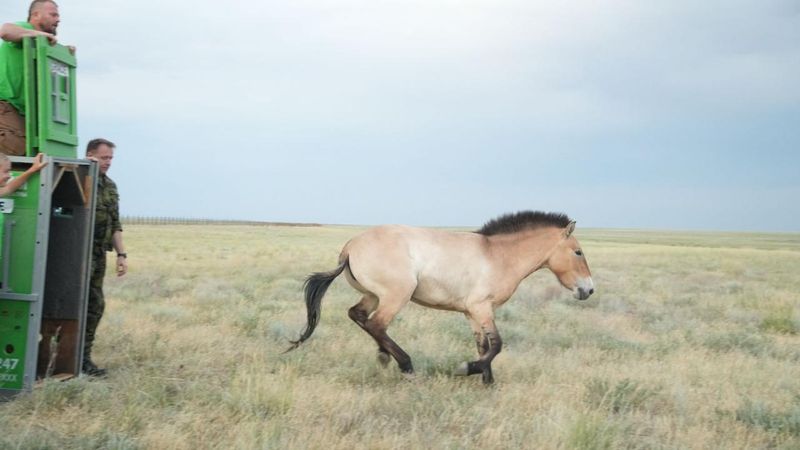
Unlike all other horses on Earth, these stocky, dun-colored equines never experienced domestication. By the 1960s, they had completely disappeared from their Mongolian homeland, surviving only in zoos.
Careful breeding programs expanded their numbers from just 12 founding individuals. In a conservation miracle, these horses now gallop freely across Mongolia’s steppes again—a species that refused extinction thanks to zoo-based rescue efforts.
3. Black Rhinoceros
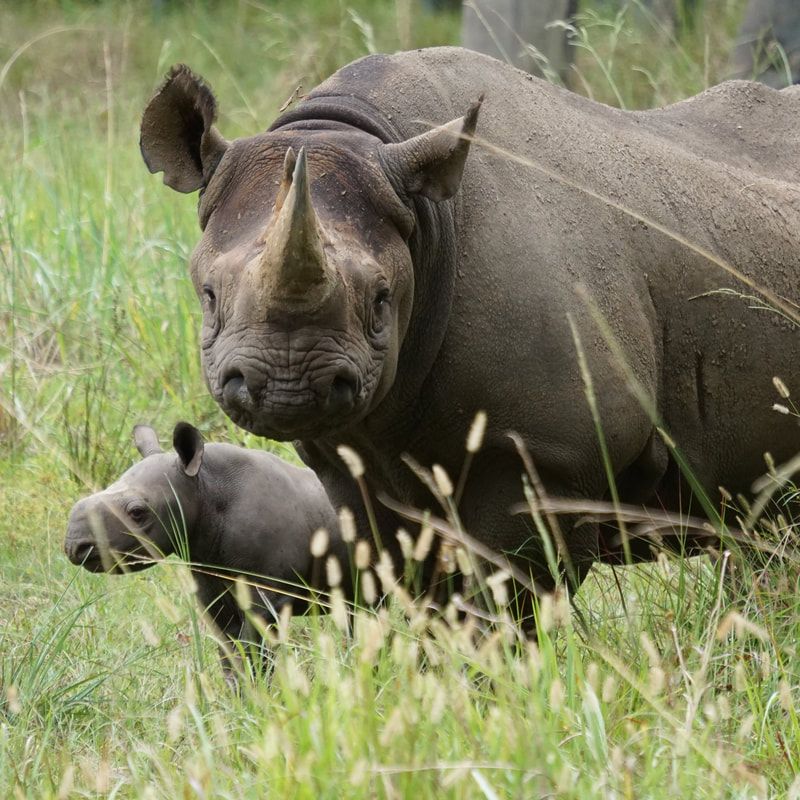
Poachers decimated these prehistoric-looking creatures for their horns, driving them perilously close to extinction. Their population crashed by 98% between 1960 and 1995—a catastrophic decline that demanded emergency action.
Zoo breeding programs created insurance populations while anti-poaching efforts intensified. Though still critically endangered, their numbers have doubled since their lowest point. Each calf born represents another step away from the extinction cliff.
4. Kakapo
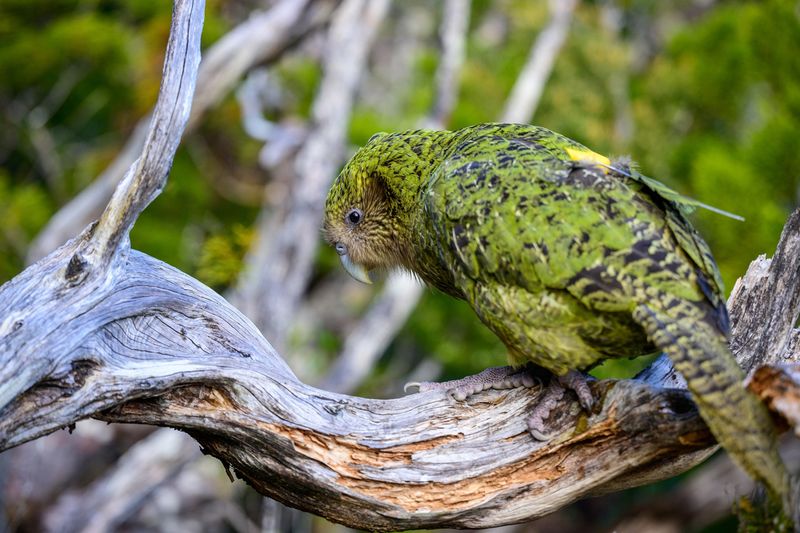
Found only in New Zealand, these charmingly plump, moss-green parrots dropped to just 51 birds by the 1990s. Unable to fly and completely defenseless against introduced predators, they seemed doomed.
Zoo specialists partnered with New Zealand’s Department of Conservation on an intensive recovery plan. Every kakapo has a name, receives regular health checks, and benefits from supplemental feeding. Their population has quadrupled, though they remain one of Earth’s rarest birds.
5. Galápagos Tortoise
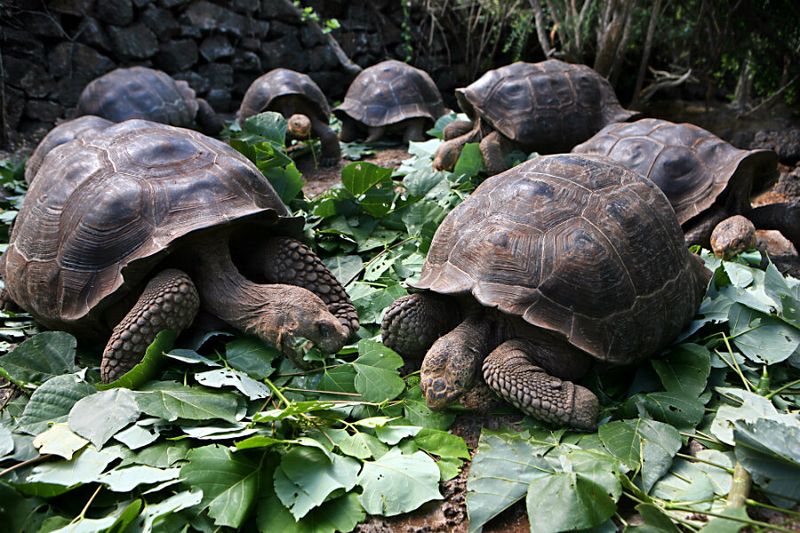
These ancient giants, who can live over 150 years, were mercilessly harvested by sailors for fresh meat. Several subspecies disappeared completely, including Lonesome George’s lineage, which ended with his death in 2012.
Zoo breeding programs focus on preserving remaining subspecies while reintroducing captive-born tortoises to their ancestral islands. Scientists recently discovered hybrid tortoises carrying genes from supposedly extinct populations—offering hope that even “lost” subspecies might be recovered.
6. Arabian Oryx
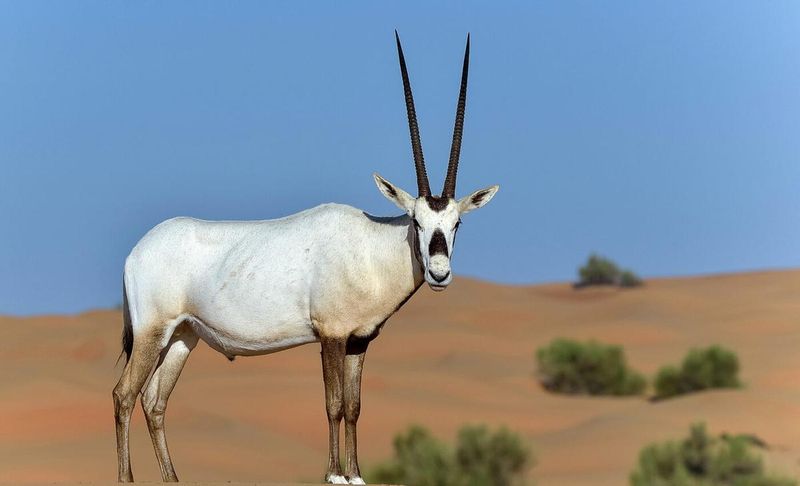
Once completely vanished from nature, these majestic white antelopes owe their existence to nine survivors gathered by the Phoenix Zoo in 1962. Their distinctive straight horns (which inspired unicorn legends) almost disappeared forever.
Today, more than 1,000 Arabian oryx roam free in protected reserves across the Middle East. This remarkable comeback represents one of conservation’s greatest triumphs—a species brought back from absolute extinction.
7. Golden Lion Tamarin
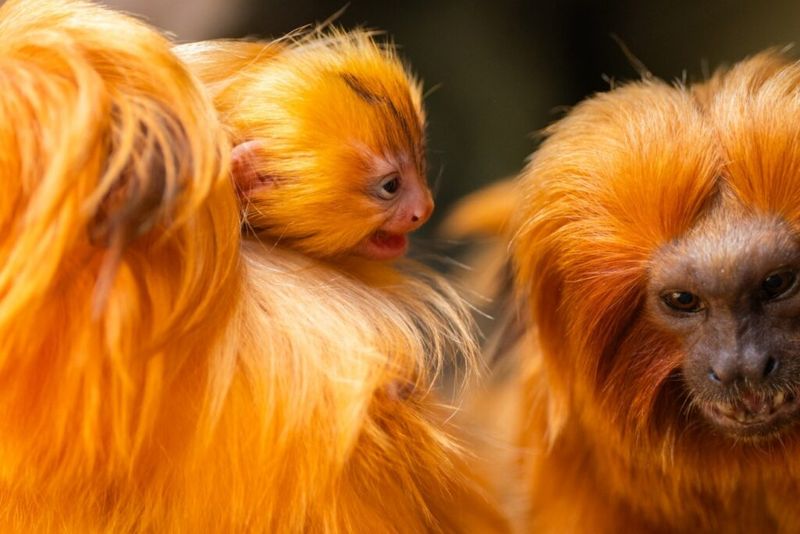
With their fiery orange manes and expressive faces, these small monkeys nearly disappeared when Atlantic Forest destruction left them homeless. By the 1970s, fewer than 200 survived in the wild.
The National Zoo spearheaded an ambitious breeding program that expanded to 150 zoos worldwide. More than 3,200 tamarins now live in protected forest fragments. Their conservation success story demonstrates how zoos, governments, and local communities can unite to save a species.

